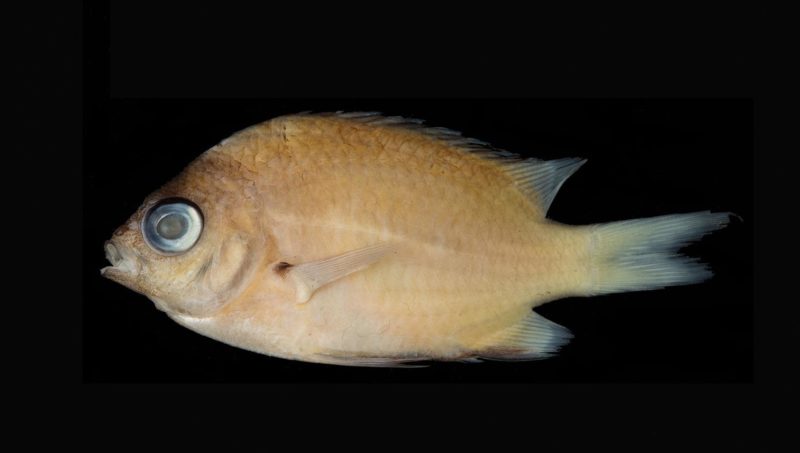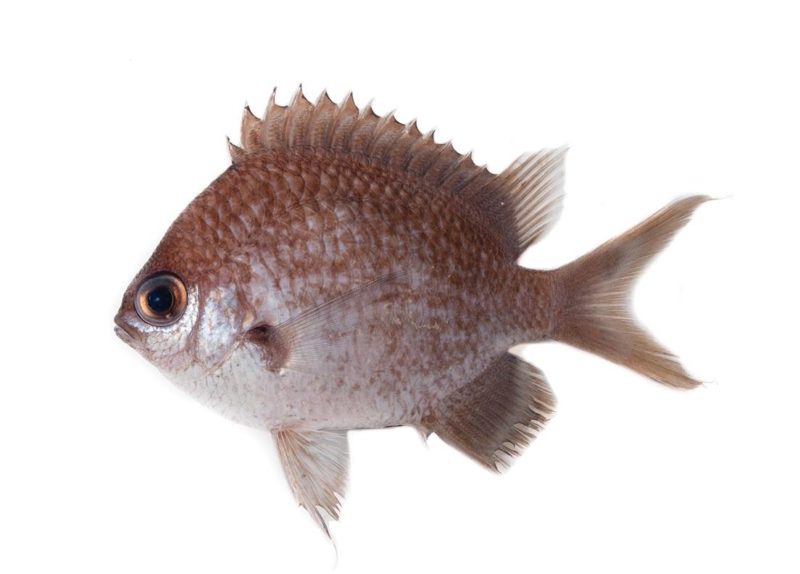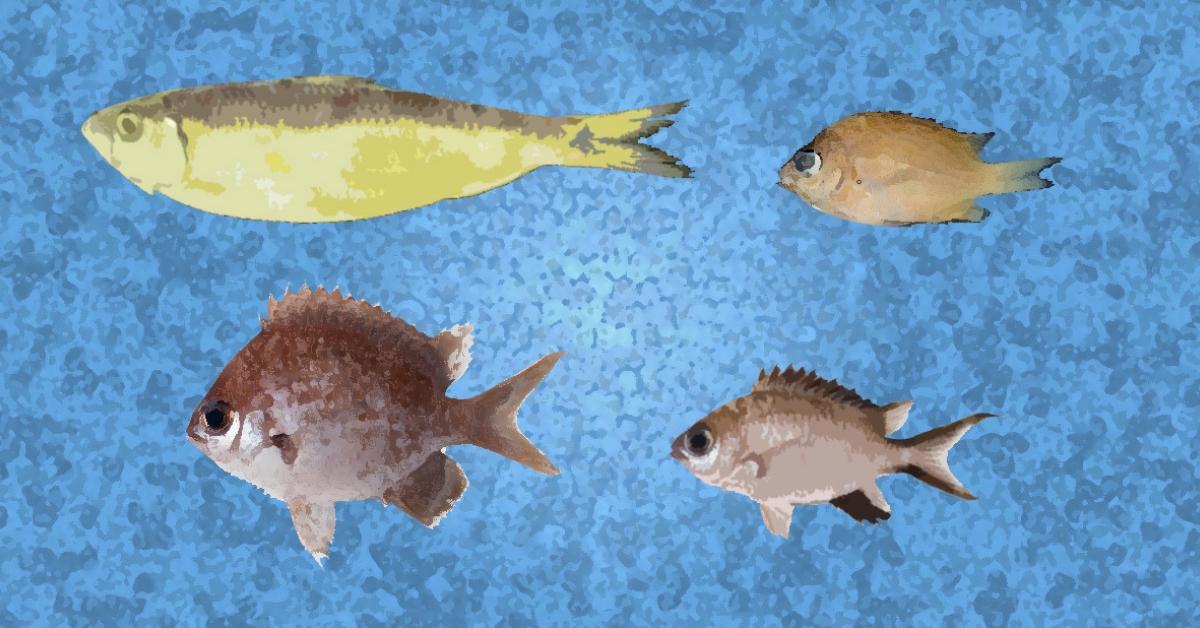•Researchers from foreign countries recently discovered four new species of fish in Philippine waters.
•A pair of Japanese scientists found a new sardine species, possibly endemic, in Manila Bay.
•Meanwhile, a team of researchers from the United States discovered three new Chromis species in Batangas and Mindoro.
It is no secret that the Philippines is one of the most biodiverse countries in the world. With each passing year, researchers from both the Philippines and abroad continue to find new species here–some of which even turn out to be endemic.
Thanks to a pair of new studies in the online journal ZooKeys, some new fish species have officially been added to the ever-growing list of Philippine marine wildlife.
Sardinella pacifica

Originally discovered in Manila Bay, Sardinella pacifica was also found in other areas of the Philippines, such as Palawan, Sorsogon, and Samar Island. It measures 10.5 cm (4.1 in) in length — about as long as two medium-sized eggs placed end to end.
In an interview with FlipScience, study co-author Dr. Harutaka Hata of the National Museum of Nature and Science in Tokyo discussed how they found the new species.
“In Asia, including the Philippines and Japan, many undescribed species of the genus had been expected,” shared Dr. Hata, who was working at Kagoshima University when they conducted the research. “So I started the taxonomic study of them.”
Working with Dr. Hiroyuki Motomura of the Kagoshima University Museum, Dr. Hata identified key differences between the newly discovered fish and its closest relative, S. fimbriata (a species restricted to the Indian Ocean).
“The numbers of lateral scales, pseudobranchial filaments, postpelvic scutes, and length of lower jaw are also used to distinguish many species of Clupeiformes, including the genus Sardinella,” Dr. Hata explained, noting that the differences were significant enough to warrant the naming of an all-new species.
Dr. Hata believes that S. pacifica‘s abundant gill rakers–the bony projections located on the inner side of the gill arch that catch food particles–were a natural adaptation to Philippine waters.
According to Dr. Hata, due to its considerable distance from the larger continents, S. pacifica needs the food-catching boost to survive on a lower nutrient supply.
As no specimens have been reported from other areas of the world, there is a good chance that S. pacifica is an endemic Philippine fish.
Chromis gunting (Scissors chromis)

Chromis gunting is the first of three new species identified by a group of researchers from the California Academy of Sciences (CAS), the Bernice P. Bishop Museum in Hawai’i, and the Hawai’i Institute of Marine Biology.
Discovered in Batangas and Oriental Mindoro, C. gunting possesses a silver-colored front, a light-brown body, and a tail with black stripes running along each side.
Measuring about 6.77 cm (2.67 in) in length, C. gunting takes its name from the Filipino word for “scissors,” a reference to its tail pattern.
According to the researchers, C. gunting has only been found in the Verde Island Passage, one of the most productive ecosystems in the world.
Chromis hangganan (Dark-margin chromis)

The second species described in the study, Chromis hangganan, grows up to about 5.78 cm (2.27 in) long.
Found in the waters surrounding Lubang Island in Occidental Mindoro, it has a yellowish body, with dark black outer margins on its dorsal and anal fins.
C. hangganan takes its name from the Filipino word for “border.” According to the researchers, it references the fish’s fin margins.
Chromis bowesi (Rhomboid chromis)

The last new species, Chromis bowesi, is also the longest of the three, growing up to 8.21 cm (3.23 in).
The researchers found specimens of C. bowesi in various localities of the Verde Island Passage, including Verde Island, Puerto Galera Bay, and Batangas Bay.
Its skin is brownish-grey color on the dorsal side, transitioning to whitish on the ventral side. It also possesses alternating dark and light stripes on the sides of its body.
C. bowesi borrows its name from the late philanthropist William K. Bowes Jr., who contributed significantly to the CAS Hope for Reefs initiative.
The team clarified, however, that the three new Chromis species are not necessarily endemic.
“Most of the species described here are only known from MCEs (mesophotic coral ecosystems) in the Philippines,” explained the researchers.
Mesophotic coral ecosystems take their name from the ancient Greek words meso (“middle”) and photos (“light”). These ecosystems contain both light-dependent organisms and organisms typically found in waters with low light penetration.
“The continued exploration of mesophotic coral ecosystems will likely reveal many more new species, and increase the known ranges of known species,” concluded the authors.
Cover photo: H. Haku/H. Motomura (S. pacifica); L. Rocha (C. gunting & C. bowesi); JD Fong (C. Hangganan)
References
- https://zookeys.pensoft.net/article/30688/
- https://zookeys.pensoft.net/article/27528/
Author: Mikael Angelo Francisco
Bitten by the science writing bug, Mikael has years of writing and editorial experience under his belt. As the editor-in-chief of FlipScience, Mikael has sworn to help make science more fun and interesting for geeky readers and casual audiences alike.







